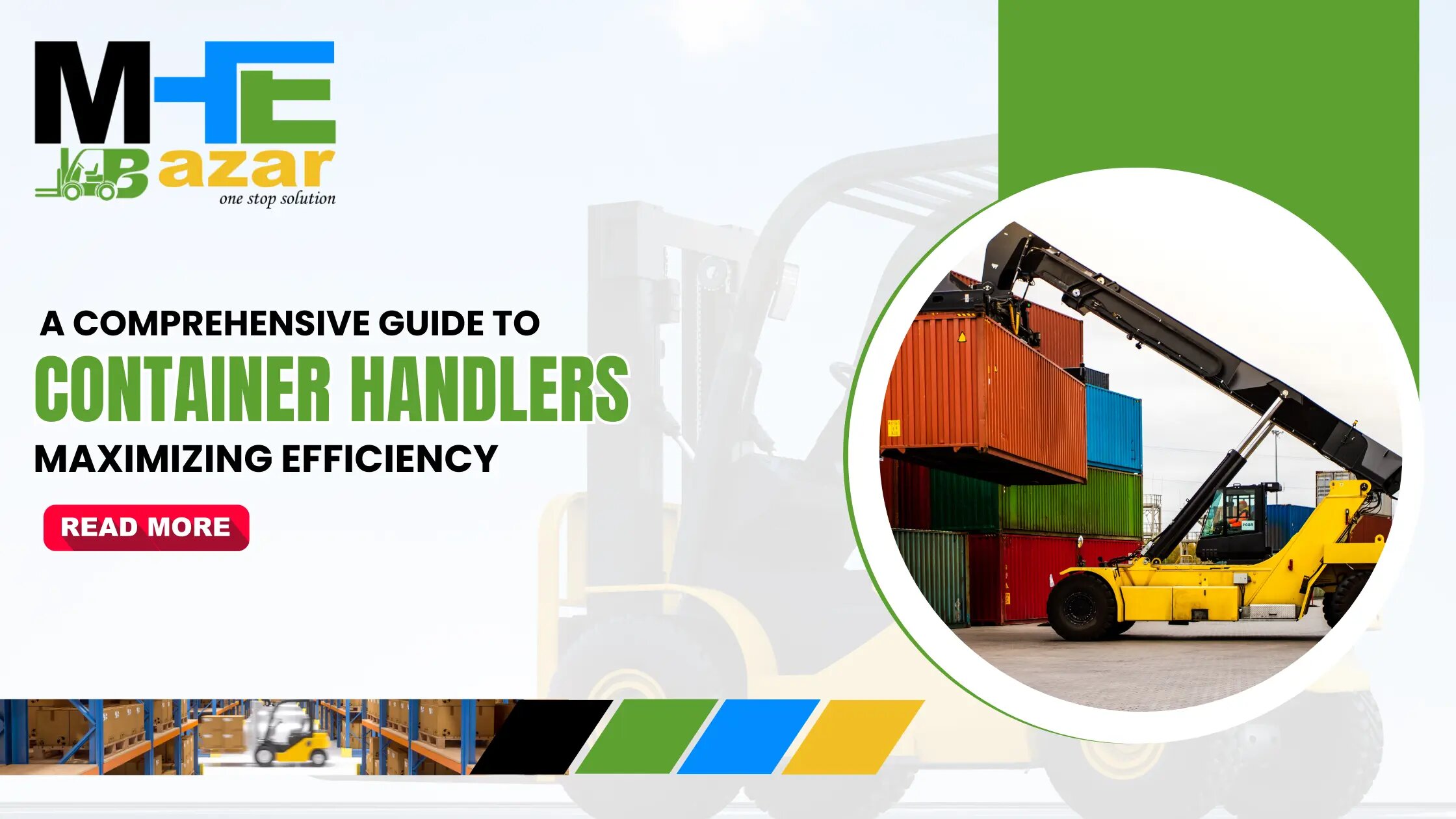Understanding The Different Types Of Container Handlers
When it comes to container handlers, it’s essential to understand the different types available in order to maximize efficiency. One common type is the reach stacker, which is ideal for stacking containers in narrow spaces due to its ability to extend its arms forward. Another popular option is the top pick, which uses a hydraulic system to lift containers from the top and place them on trailers or rail cars.
For operations requiring high stacking heights, the straddle carrier is often used as it can lift containers vertically and move them around without the need for additional equipment. Each types of container handling has its own unique capabilities and advantages, so selecting the right one for your specific needs is crucial in optimizing productivity and efficiency.
Tips For Proper Maintenance And Upkeep Of Container Handlers
Proper maintenance and upkeep of container handlers are crucial for maximizing their efficiency and lifespan. Regular inspections of key components such as hydraulic systems, engine, tires, and brakes are essential to ensure smooth operation. It is important to follow the manufacturer’s recommended maintenance schedule for routine tasks such as oil changes, filter replacements, and lubrication. Keeping the container handler clean and free from debris will also help prevent damage and ensure optimal performance.
Additionally, operators should be trained on proper handling techniques to minimize wear and tear on the equipment. By investing time and resources in regular maintenance, businesses can avoid costly repairs and downtime while maximizing the efficiency of their container handlers.
Implementing Best Practices For Loading And Unloading Containers
Efficient loading and unloading of containers is crucial for maximizing productivity in any warehouse or shipping facility. To achieve this, it is important to implement best practices that streamline the process and minimize delays. One key practice is to ensure that containers are properly organized before loading, with heavier items on the bottom and fragile items on top. Additionally, utilizing specialized equipment such as container handlers can greatly speed up the process and reduce the risk of damage to goods.
Proper training for staff members involved in loading and unloading is also essential to ensure safety and efficiency. By following these best practices, companies can optimize their container handling operations and increase overall productivity.
Strategies For Streamlining Operations And Increasing Productivity With Container Handlers
To maximize efficiency in container handling operations, it is crucial to implement strategies that streamline processes and boost productivity. One key approach is to invest in advanced technology such as automated container handlers that can significantly reduce manual labor and speed up operations. Additionally, optimizing workflow layouts and implementing efficient scheduling practices can help minimize downtime and improve overall efficiency. Regular maintenance and training programs for operators are also essential to ensure that equipment is always running at peak performance levels.
By focusing on these strategies for streamlining operations and increasing productivity with container handlers, companies can achieve higher throughput rates, reduce costs, and ultimately enhance their competitive edge in the industry.

